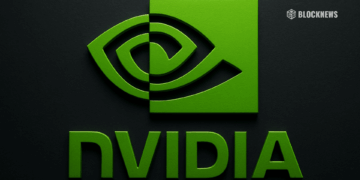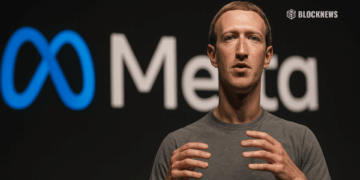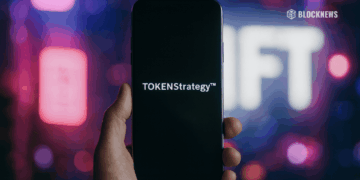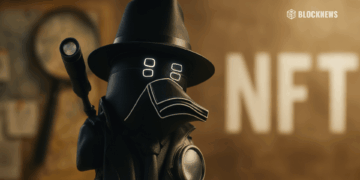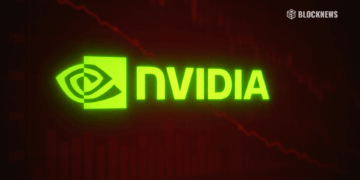- CyberKongz, the dynamic force behind a leading Ethereum NFT collection, has introduced the revolutionary ERC-721x protocol, an enhancement of the well-known ERC-721 standard, aiming for heightened security in the rapidly growing NFT space.
- The novel ERC-721x system incorporates advanced protective features such as a unique ‘Guardian’ role for transactional safety and a groundbreaking non-custodial staking mechanism.
- This innovative step comes at a pivotal moment in the NFT sector, as it seeks to fortify itself after a downturn, and might mark the beginning of a new era of secure and efficient transactions in the realm of NFTs.
Introducing a new frontier for non-fungible tokens (NFTs), CyberKongz, creators of a preeminent Ethereum-based NFT collection, have rolled out an advanced version of the much-followed ERC-721 NFT token standard, aptly dubbed ERC-721x. This leap in innovation, focusing on bolstering security measures, aspires to cultivate a safer sphere for NFT collectors, while incorporating practical features like non-custodial staking and an exclusive “Guardian” function for transactional assurance.
The official announcement from CyberKongz highlighted the role of the Guardian Contract in merging the ease of hot wallets with the robust protection of cold, hardware, and multi-signature wallets. This setup acts as a buffer against fraudulent activity exploiting token approvals or seed phrases, and establishes a failsafe for assets stored in hardware wallets, addressing the increasing wave of security violations.
The ERC-721x model is underpinned by the innovative “lock” and “guard” features, born from the ingenuity of CyberKongz’s lead Solidity Developer, OwlofMoistness, first unveiled in 2022.
The “lock” facet brings forth a registry mechanism that aligns with the basic ERC-721, utilizing minimal gas to secure assets in a manner that enables them to participate in staking across various platforms without relinquishing ownership.
On the other hand, the “guard” feature complements the “lock” mechanism, assigning a backup wallet, named the “Guardian,” to bolster security. This Guardian anchors assets in the primary wallet, offering an added layer of protection. Any transfer of assets necessitates the Guardian’s consent, effectively introducing on-chain two-factor authentication (2FA).
This security augmentation comes as NFT markets show signs of resilience despite a protracted downturn. The launch of the ERC-721x by CyberKongz, in the wake of a significant decrease in floor prices for leading collections over the past eighteen months, might steer the NFT market towards enhanced security and operational efficiency, heralding a more secure and robust future.
Ethereum Continues as the Birthplace of NFTs
NFTs, or Non-Fungible Tokens, come to life via Ethereum’s flexible and dynamic blockchain. An NFT begins its journey as a unique piece of data, representing anything from digital art to virtual real estate. To create an NFT, the creator deploys a smart contract on the Ethereum blockchain. This contract follows the ERC-721 or ERC-1155 standards that ensure each NFT’s uniqueness and indivisibility.
Through these standards, Ethereum’s blockchain gives each NFT a unique identifier, setting it apart. This process, often facilitated by specific NFT marketplaces, binds the digital asset to its blockchain record, granting it a verifiable digital authenticity. As a result, Ethereum transforms a simple digital item into a unique, traceable, and tradeable NFT.



